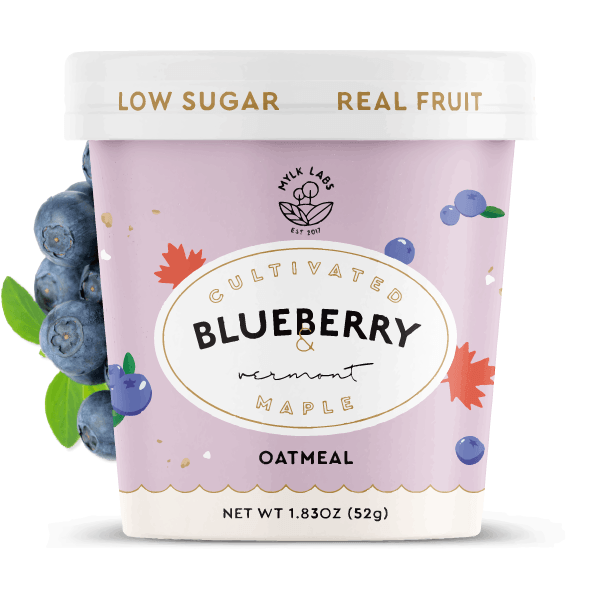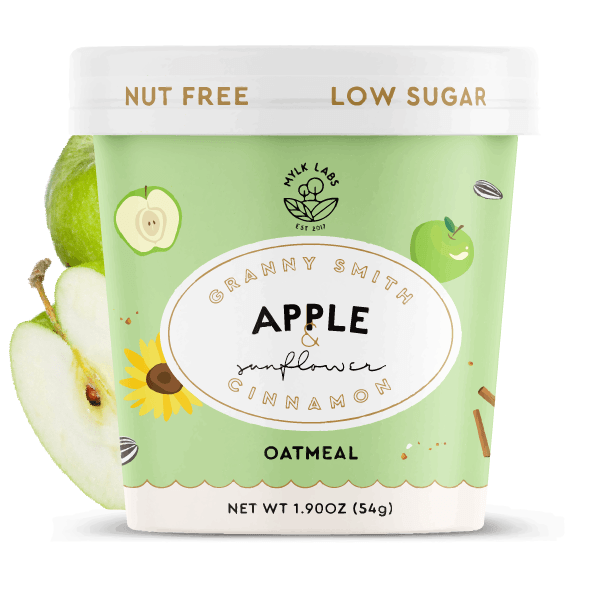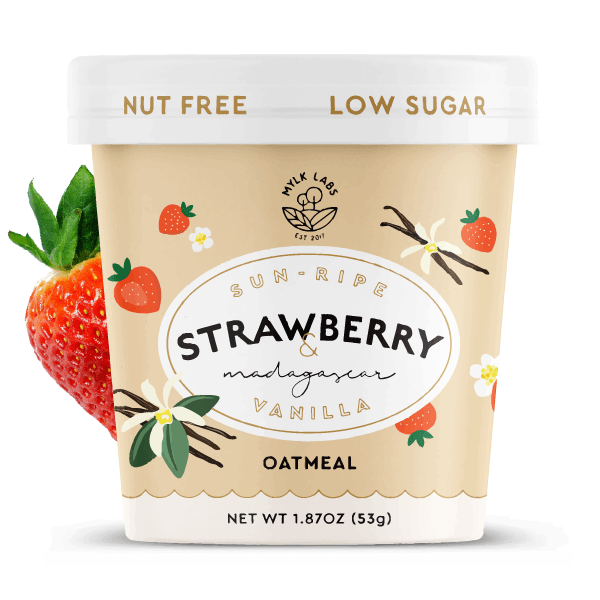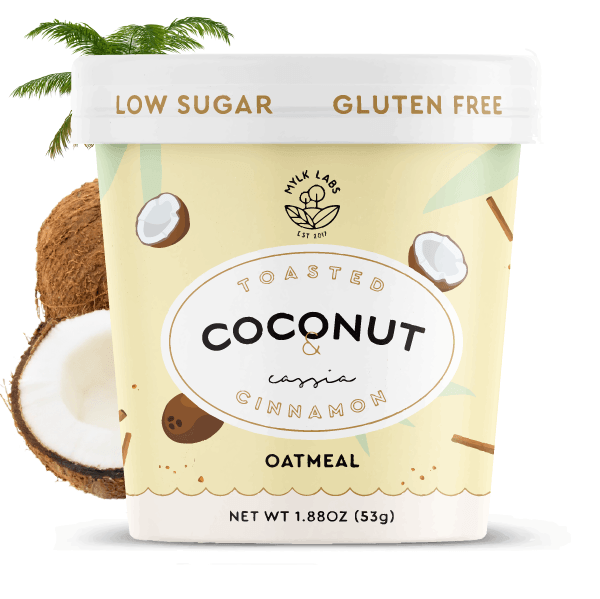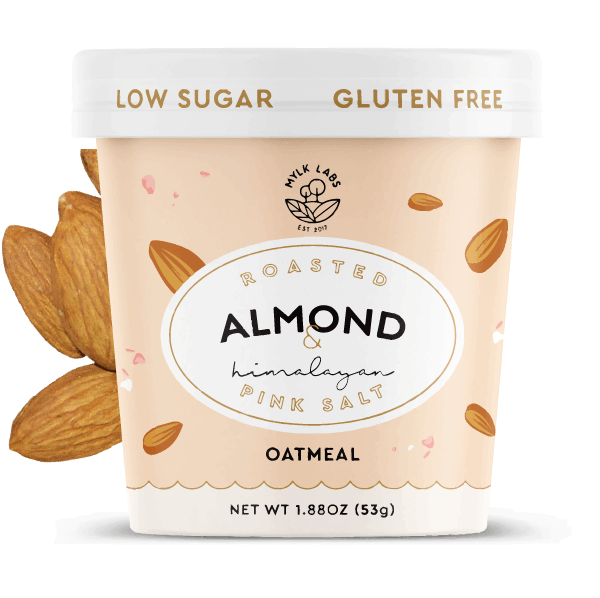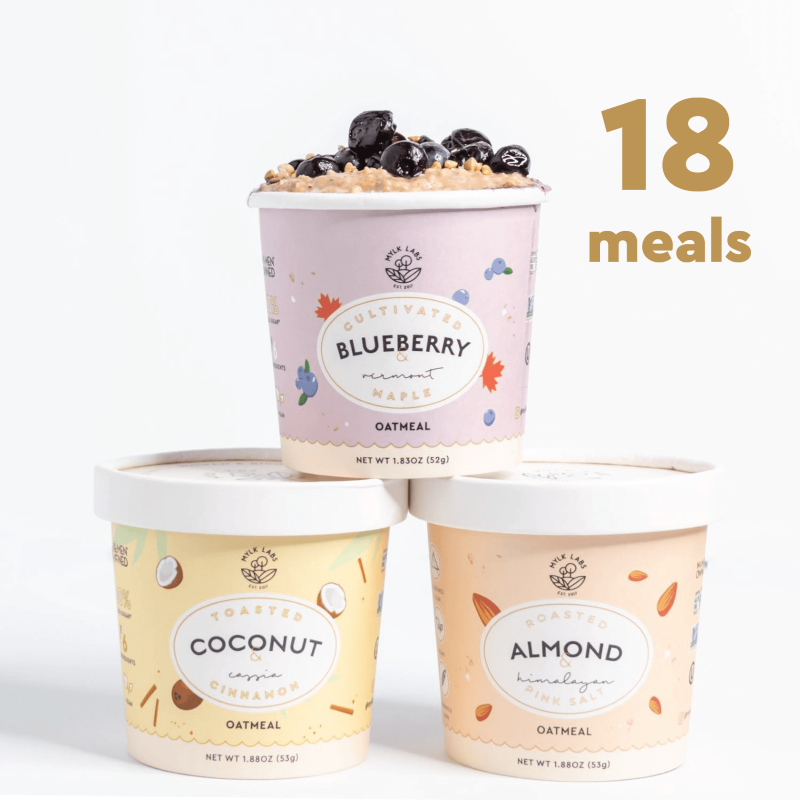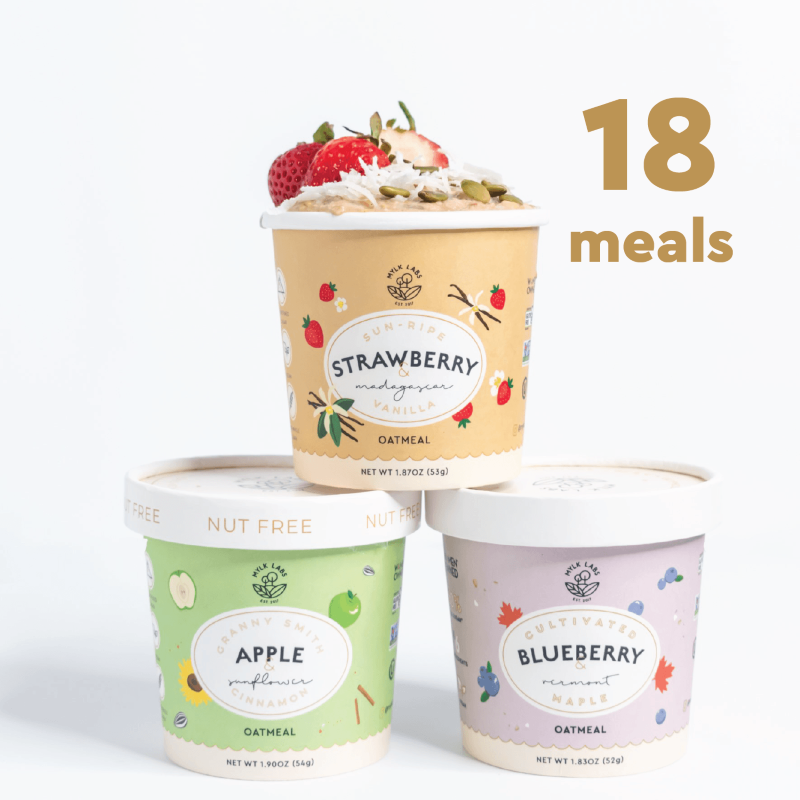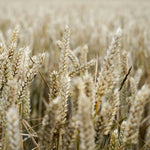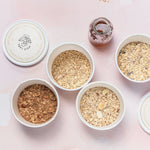Guest post by Emily Vazquez, Registered Dietitian
Have you ever had a meal that seemed well-balanced but an hour later, you felt hungry again? Or maybe you have a hard time feeling satisfied and raid the pantry every few hours? It could be that you are lacking in adequate dietary fiber within your meals!
Dietary fiber is a type of carbohydrate found in plant foods that the body cannot fully digest. Instead, it passes through the body undigested. You might be familiar with fiber being essential for regular bowel movements, but fiber also comes with a host of other amazing benefits!
Why Should I Eat More Fiber?
Consuming a high fiber diet is beneficial for stabilizing blood sugar in between meals, lowering cholesterol levels, and promotes a diverse gut microbiome for a healthy digestive tract.
Getting in enough fiber throughout the day increases the feeling of fullness and slows down the absorption of carbohydrates into the bloodstream. When you eat a meal with little to no fiber, your blood sugar may spike and fall shortly after leaving you feeling extremely hungry, lightheaded, tired and reaching for more food.

2 Types of Fiber
There are two main types of fiber: insoluble and soluble fiber. It’s important to get both into your diet as getting too much insoluble can lead to diarrhea and too much soluble can lead to constipation.
Soluble fiber slows down how quickly food is digested and absorbs water in the gut to form a gel. Soluble fiber can be found in foods like avocados, brussels sprouts, sweet potatoes, oatmeal, beans, apples and broccoli.
Insoluble fiber helps to “speed things along” in the digestive tract which can alleviate constipation. Insoluble fiber can be found in foods such as whole grains, oatmeal, wheat bran, green peas, lentils, prunes, apples, strawberries, and cauliflower.
Many foods contain a little bit of both types of fiber, so getting in a variety of fruits, vegetables and whole grains in your diet will aid in a healthier digestive system.
The RDA for fiber is 25-35g per day and most people struggle to reach half of this amount. Read on for tips on how to increase the fiber in your diet without missing out on foods you truly enjoy!
5 Easy Tips To Increase Your Fiber Intake

Tip #1: Start Your Mornings Off With A Bowl Of Oatmeal
Oatmeal is an excellent source of fiber with 8g fiber per cup. Mylk Labs makes breakfast time easier with 5 flavors to choose from and it provides ~30% of your daily fiber! Bonus points by adding in fresh or frozen fruit and your favorite nut butter for a breakfast that will keep you full and satisfied all morning.
Tip #2: Sneak In Veggies To Your Favorite Pasta Or Rice Dish
Adding in veggies to a meal you already love can make it feel easier sneaking in more fiber and nutrients without noticing it! Try adding some sautéed spinach and mushrooms with garlic to your favorite pasta dish. Make a chicken and veggie stir fry with teriyaki or soy sauce for a delicious and hearty meal.
Tip #3 Avocado Is Definitely Not Extra
A half of a large avocado contains 7g of fiber making this a great addition to any meal! Make some avocado toast for breakfast, snack on homemade guacamole with tortilla chips and raw veggies, add sliced avocado to a sandwich, wrap or salad for fiber and healthy fats.
Tip #4 Make A Protein Rich Fruit Smoothie
Smoothies are an excellent way to get in more nutrition in your day, especially if you are in a rush or don’t have time for a full meal. You can mix things up by choosing 2-3 fruits, 1-2 Tbsp nut butter, 2 Tbsp chia or flaxseeds, a handful of spinach or kale (you won’t even taste it), one scoop of protein powder and milk. Bonus: add half a cup of Mylk Labs oatmeal for extra creaminess, fiber & protein!
Tip #5 Power Up Your Meals With Beans
Beans are a terrific source of fiber with roughly 7g fiber per half cup! From burrito bowls, tacos, and breakfast burritos to a fun topping to your salad, beans will help to keep things moving along smoothly within your digestive tract.
As a Registered Dietitian who advocates for a healthy relationship with food, I encourage people to focus on adding in versus taking away. This allows for more freedom and enjoyment around your food choices with a gentle approach to nutrition. Following these tips will help you to feel more full and satisfied after your meals so you no longer feel ravenous or out of control with food.

Emily is an Intuitive Eating Registered Dietitian focused in guiding her clients to find food freedom. "I believe in a realistic approach to nutrition and wellness that works for the individual. I don’t believe in “quick fixes” or crazy supplements to change your life.” Follow her on Instagram @emmysyummys











